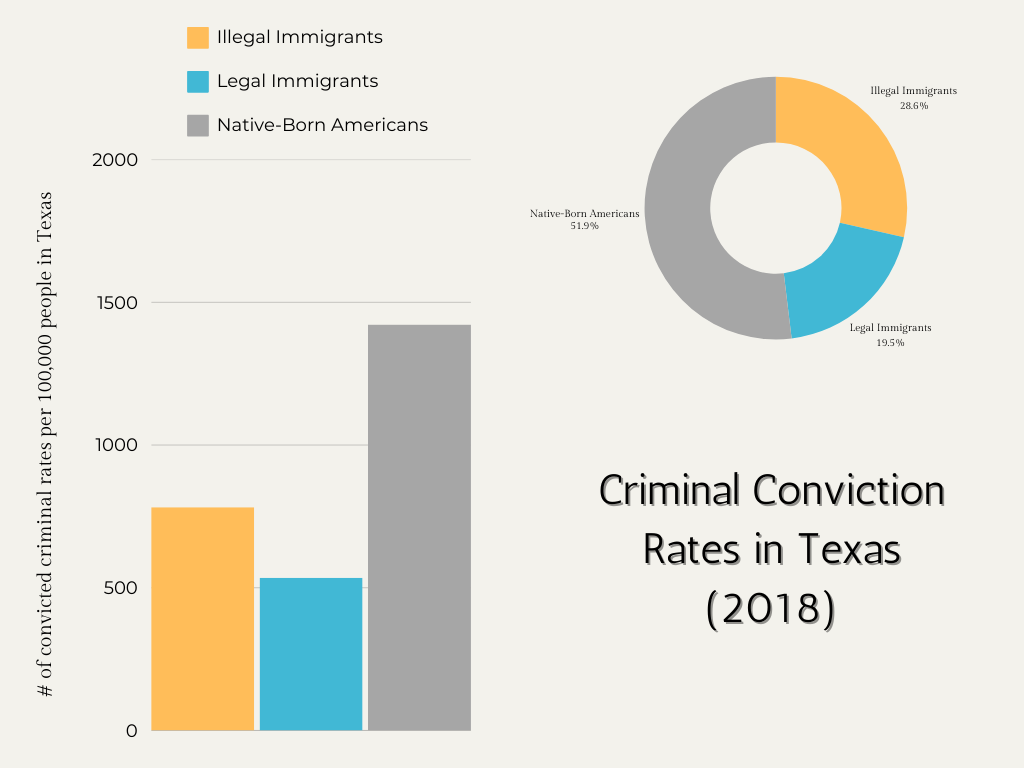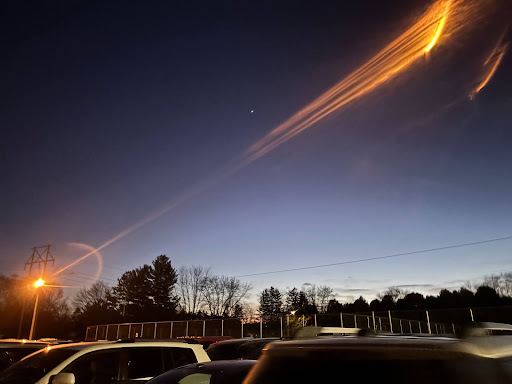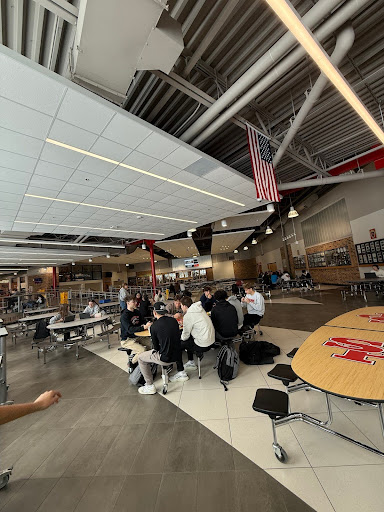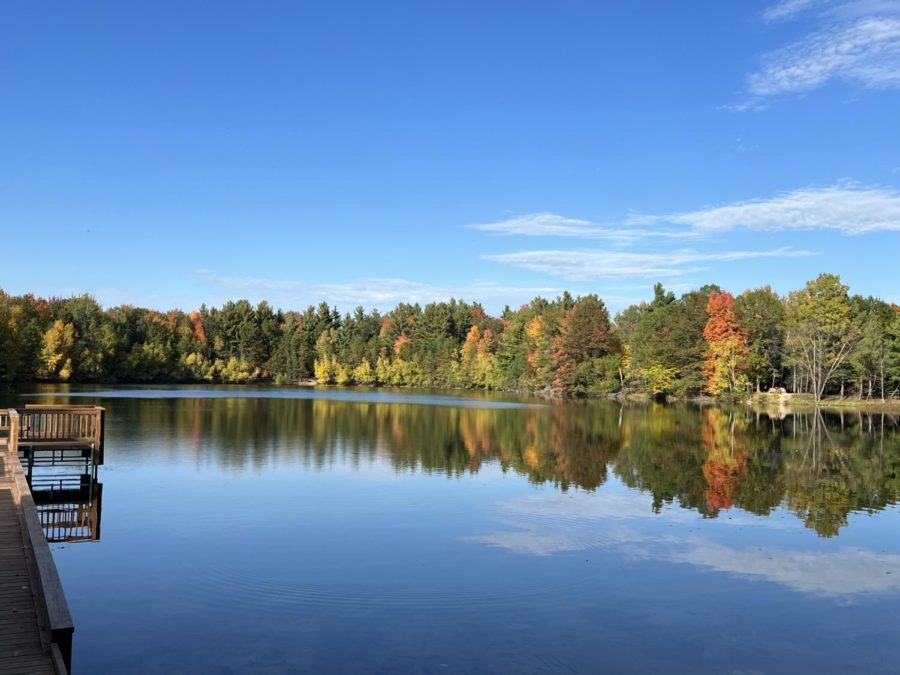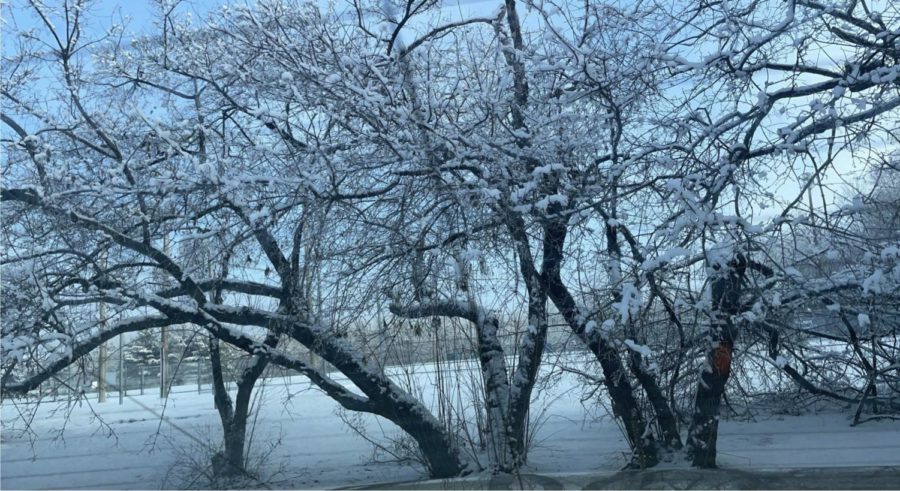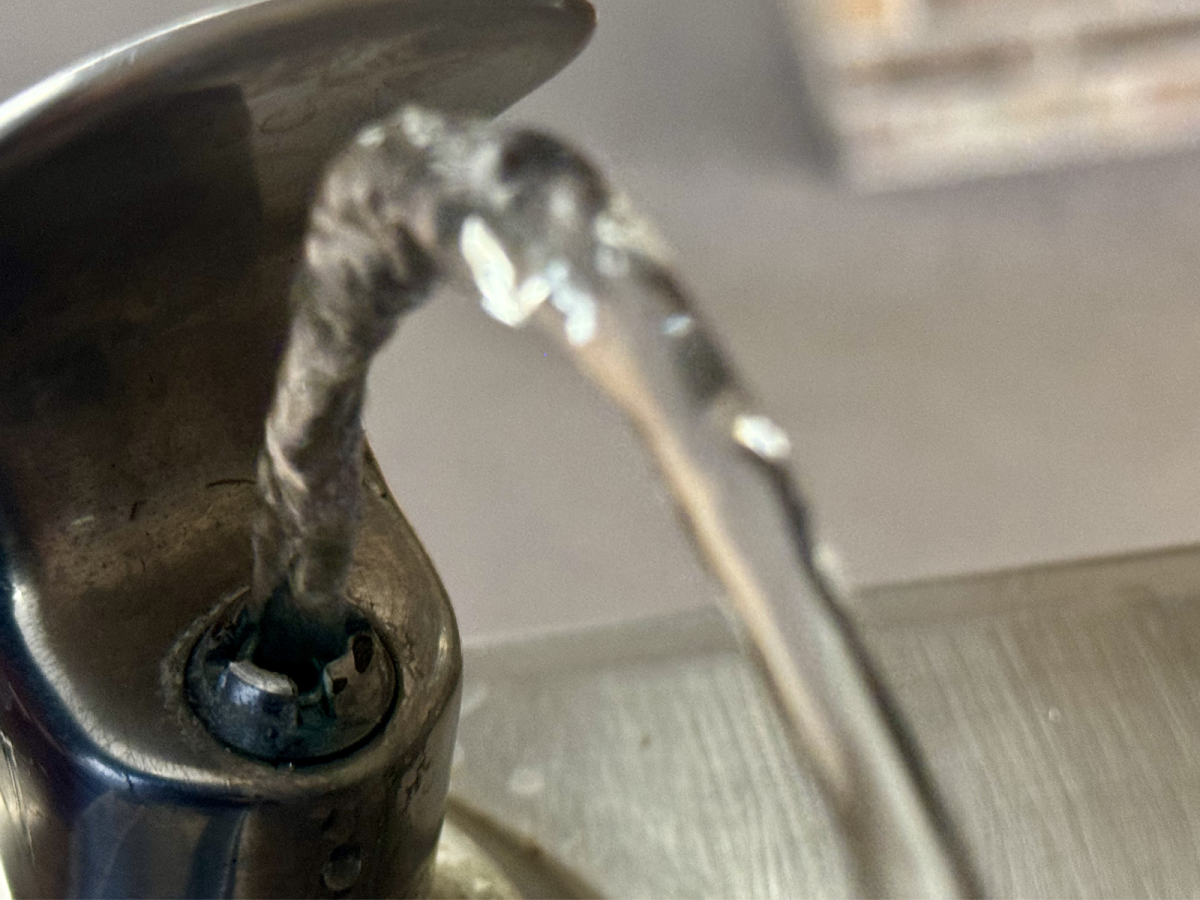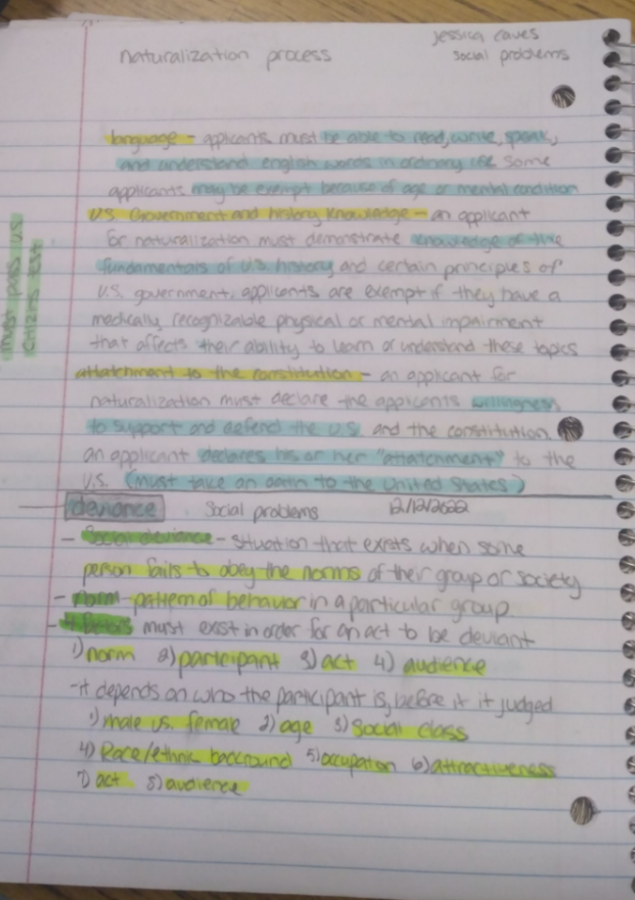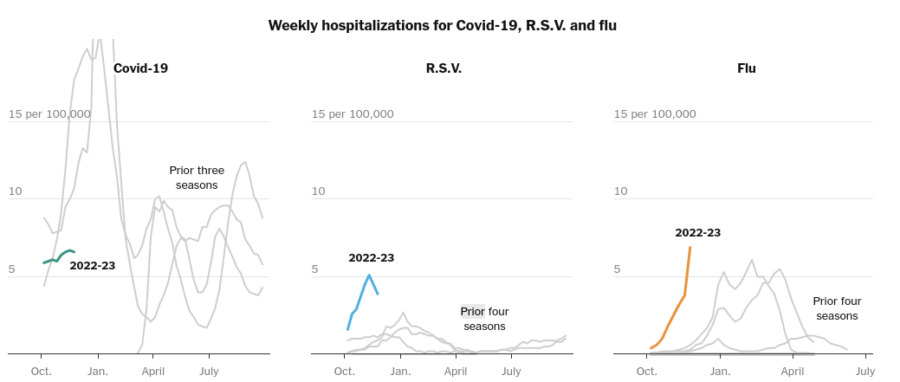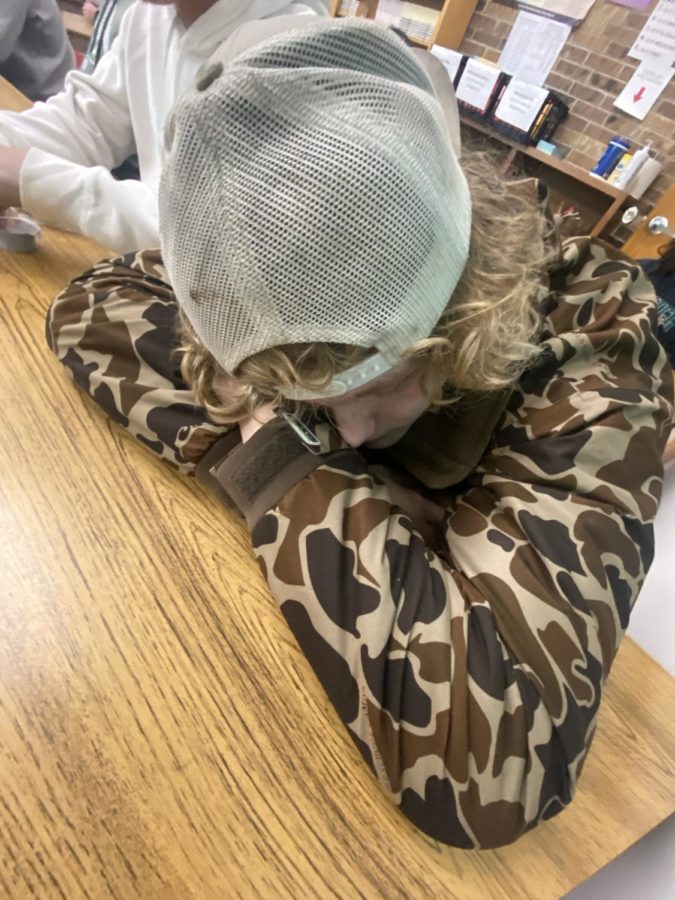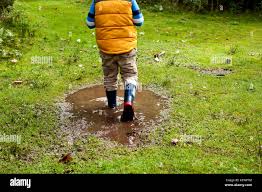Big Bad Wolf?
December 15, 2021
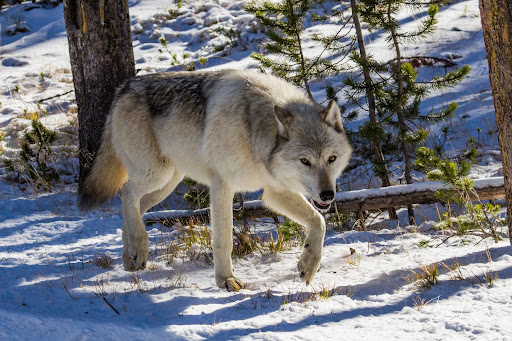
On January 4th, 2021, grey wolves were removed from the endangered species list and the management of the population was returned to the state. Less than two months later a wolf hunt was scheduled in Wisconsin for February 22nd. While the presence of wolves can present certain problems, hunting down a majority of their population isn’t a reasonable solution. Having a scheduled wolf hunt – especially in February – is unfavorable for Wisconsin’s ecosystem and there are superior solutions to any conflicts caused.
The February 2021 Wolf Hunt
The Wolf hunt of February 2021 had devastating effects on the Wisconsin wolf population, even more so than intended by the government. According to the Wisconsin DNR Wolf season report for February of 2021, the quota was set at 119 wolves. The hunt began on February 22nd, and all zones had to be closed by February 24th at 3 pm. The total of harvested wolves came to 218 of the estimated 1,034 wolves in Wisconsin; well above the quota.
This number, however, is not an accurate representation of how the wolf population was affected this year. Along with the legal wolf hunt, there were also poachers that killed wolves illegally, which added to reducing the wolf population. The legalization of a wolf hunt most likely had something to do with the higher estimated numbers of wolf poaching. A team of researchers including Adrian Treves, a carnivore ecologist at the University of Wisconsin–Madison estimated that around 55 to 58 wolves were killed through “Cryptic Poaching,” which is a form of poaching done because there are conflicts between humans and animals. They also suggest that the legalization of a wolf hunt “liberalized” the killing of wolves, leading to the aforementioned cryptic poaching. Unfortunately people often get swept away like this because of their emotions, which leads to spontaneous decisions, and the fact that a wolf hunt was scheduled probably helped the poachers’ rationalizations when they committed the crime.
The deaths recorded in the DNR’s report also do not mention the amount of wolves that met their end through natural causes. Many wolves die from starvation, disease, or wounds acquired through fighting with their prey or competition, which takes another chunk out of the current population. All in all, we cannot take the deaths recorded in the wolf hunt at face value for how the current wolf population is doing, we must also look past those numbers into other deaths to get a grasp on how dire the situation really is. The actual estimated number of wolves in Wisconsin after the wolf hunt was anywhere between 695 to 751 wolves according to the study led by Adrian Treves, which means almost a third of the population was killed during this time.
This hunt took place in February, which is the breeding season for wolves. It is reasonable to assume, then, that not only did the current wolf population take a hit in this hunt, but future generations will also be hurting as well. The DNR report also states that of the harvested wolves, 38 were breeding age females. That doesn’t sound like a lot, but that can add up to an average of 190 pups a year that will not be born, which could add up to thousands in just a few generations. Even a well-known teacher in the Stevens Point school district, Mr. Huber, who teaches Environmental Science at Ben Franklin Junior High, agreed that hunting wolves during their breeding season was a bad decision because “The movement in canines is so much more prevalent in January and February because they are searching for that breeding pair, meaning there could be more run-ins with hunters.” The hit that the wolf population took this year could still be affecting the population for decades to come. Rebuilding a species takes time, but if we continue to thin out their already small population, wolves will never reproduce to a healthy level.
These statistics are important to note mainly because they provide insight into the negatives of allowing a wolf hunting season. Wolves are important to our ecosystem in a number of ways, which is why it is our responsibility to help with the upkeep of their population.
Why We Need Wolves
When people think of wolves, they don’t always think about their benefits to the environment, but wolves do offer a variety of positives when their population is at a healthy level. An obvious benefit that is helpful not only to our environment but also to humankind is that wolves can help control the populations of other predators such as bears and mountain lions. Wolves are territorial, so they will challenge other predators that come into their territory, reducing their population and creating room for prey to grow and reducing human encounters with said predators. In other words, wolves “can balance an ecosystem where there might not be a human influence…keeping other predators in check that might not be sought after during hunting season”, as explained by Mr. Huber.
One benefit that wolves have to our ecosystem that hunters will not like at a glance is the effect on the deer herds that roam Wisconsin.Yes, wolves eat deer, and many people jump to the conclusion that wolves are therefore “stealing” the deer that families who hunt could have eaten. This outlook is a concern, but there are benefits to having wolves cull deer herds that a lot of hunters neglect to realize, and that is the specific deer that the wolves hunt and eat. Oftentimes, wolves tend to hunt down the deer that are weak or sick in deer herds, as written in “Wolves contribute to disease control in a multi-host system”; a study led by Eleanor Tanner. This means that the wolves are eating the deer that hunters don’t want and ultimately improving the quality of deer herds because they are reducing the number of sick and weak deer within the herds. One of these diseases that has been proven to be less prevalent in places with a healthy wolf population is CWD, or Chronic Wasting Disease. If a deer has a disease named this, not many people would be willing to eat it, but wolves are and have. “The loss of individual wolves and healthy packs could mean a CWD uptick and more unhealthy deer, a concerning prospect” says Adrian Wydeven, a retired wildlife biologist that used to work for the state of Wisconsin. At a first glance this benefit may not look like a benefit at all, but the fact that the presence of wolves improves the quality of deer in Wisconsin is undeniably positive not only for our ecosystem, but also for hunters and consumers all over the state.
Now on to a benefit that directly affects our ecosystem. Wolves hunt deer, and as a result deer herds tend to move on to new grazing grounds more often. This can allow plants that deer usually eat down to a nub to thrive and grow, which results in more plants as well as a greater diversity of plants. “Research suggests that the longer a pack is in place in a location, the more likely it is to have a greater diversity of native flowers and a higher number of tree seedlings” offers Wydeven. The benefits to a greater diversity of wildlife are boundless. Some positives include an increase in oxygen levels due to the higher number of plants and the allowance of other herbivores besides deer flourishing because of all the extra food. Extra plants offer so many possibilities, and wolves can help those possibilities come to life.
Deer can also be problematic. One major con to a surplus of deer is the amount of car crashes that they directly cause. Wolves, however, can cut down the amount of deer present in an ecosystem. This results in a reduced number of vehicular crashes involving deer. According to an analysis done in June 2021 by Jennifer L Raynor, Corbett A. Grainger, and Dominic P. Parker, over a 22 year period, counties in Wisconsin with wolves present in the ecosystem experienced 24% less vehicular collisions with deer than in counties without. So, maybe deer can be a bigger problem than people like to admit, which is why wolves would help our state. They would inadvertently solve problems that deer can cause.
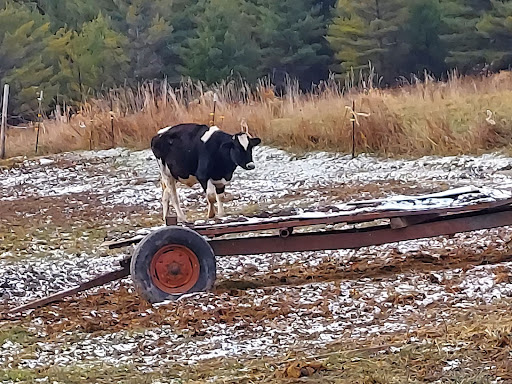
Don’t Jump to Killing
Wolves do present problems, a major one being the killing of livestock that belong to ranchers. According to the Wisconsin DNR’s report, in one year (from April 2019 to April 2020), there were 48 confirmed depredation incidents involving wolves and cattle. Many studies have proved, however, that there are more effective, nonlethal ways to deal with this problem than hunting a majority of their population down.
If we gave a wolf the choice between two feasts – a white-tailed deer or a cow – the wolf, as proven in many studies, will go for the deer. This is because wolves and deer evolved together over centuries, specifically changing to either hunt or defend from one another. In other words, the urge to hunt deer specifically is in their blood. This theory has been proven multiple times, as published in the book “Wolves: Behavior, Ecology, and Conservation” written by David Mech and Luigi Boitani. In light of this information, an obvious solution to reducing the amount of cattle killed and eaten by wolves is to keep their natural prey abundant. Of course, their mere presence can help achieve this because while culling herds, they also improve their quality, which can, in turn, improve their survival rate as well as their reproduction rate. So, to turn this solution into a reality, humans only need to allow the wolf population to grow.
There are other solutions that humans can take into their own hands to fulfill. One of which includes keeping herds of livestock healthy. Wolves target weak and sick animals, so keeping the herd healthy prevents wolves from even considering attacking the herd. The same can be achieved by separating dead livestock far from the herd as well. Not only does this method keep wolves away from livestock, it also improves the quality of the herd, making more profit for both consumers and producers. Keeping the quality of the herd up should be a no-brainer for ranchers, and it is an obvious way to protect livestock from wolves.
Another way to keep wolves away is to scare them with non lethal deterrents. Fladry, or colorful flags that wave in the wind around the perimeter of grazing grounds is one such method. It has been proven to be more effective than normal wire fences, and though it may be tedious to set up, the benefits can be worth the work.
Wolves are also scared and tend to avoid flashing, colorful lights and unpredictable sounds. There are devices called Foxlights that flash lights, and have been effective at keeping predators away. Otherwise, spotlights work as well.
There are also techniques that have had promising results in studies, but have yet to be properly developed. One such technique is using food aversion to turn wolves away from choosing to eat cattle. For example, we have all at one time either indulged in a particular food to the point of sickness, or have gotten sick from the food for another reason. In many cases, after you’re done with the sicknesses, even smelling the same food that caused the sickness can trigger a response from your stomach, making it lurch and seem as though you’re going to be sick all over again even though you haven’t even had a bite of it.
This reflex is referred to as food aversion, and it can be triggered in all animals. In one study, Nicolaus and Dan Moriarty, a psychology professor at the University of San Diego, conducted a study where they put a tasteless, nausea-inducing chemical into dead livestock and allowed wolves to eat the livestock. Later, after the wolves got sick, they refused to eat the same type of livestock at all.
It may seem harmful at a first glance, but the chemical did not hurt the wolves except for making them sick for a short period of time, and after that they stopped eating the livestock. This method can be used to deter wolves from eating livestock, and all it takes is some chemical and an already dead animal from your herd. This method definitely has not been researched to its full potential, but it could be one of the major ways to prevent wolves from eating livestock.

Aside from other methods, simply monitoring your herd regularly can keep wolves away. Whether you do this with a guard dog, on foot, or on some sort of vehicle, consistently patrolling the borders of your herds’ grazing grounds will prevent wolves from attempting to hunt your livestock.
Conclusion
In SPASH we have many students that hunt and/or live on a farm with livestock, and many people, without doing proper research, believe that when it comes to having wolves in our ecosystem, the cons outweigh the pros. They think of wolves as ‘evil’ or ‘thieves’, but they just want to survive like any other animal. Wolves, no matter how many fairy tails write them in as the bad guys, are innocent and deserve to have a chance to thrive.


